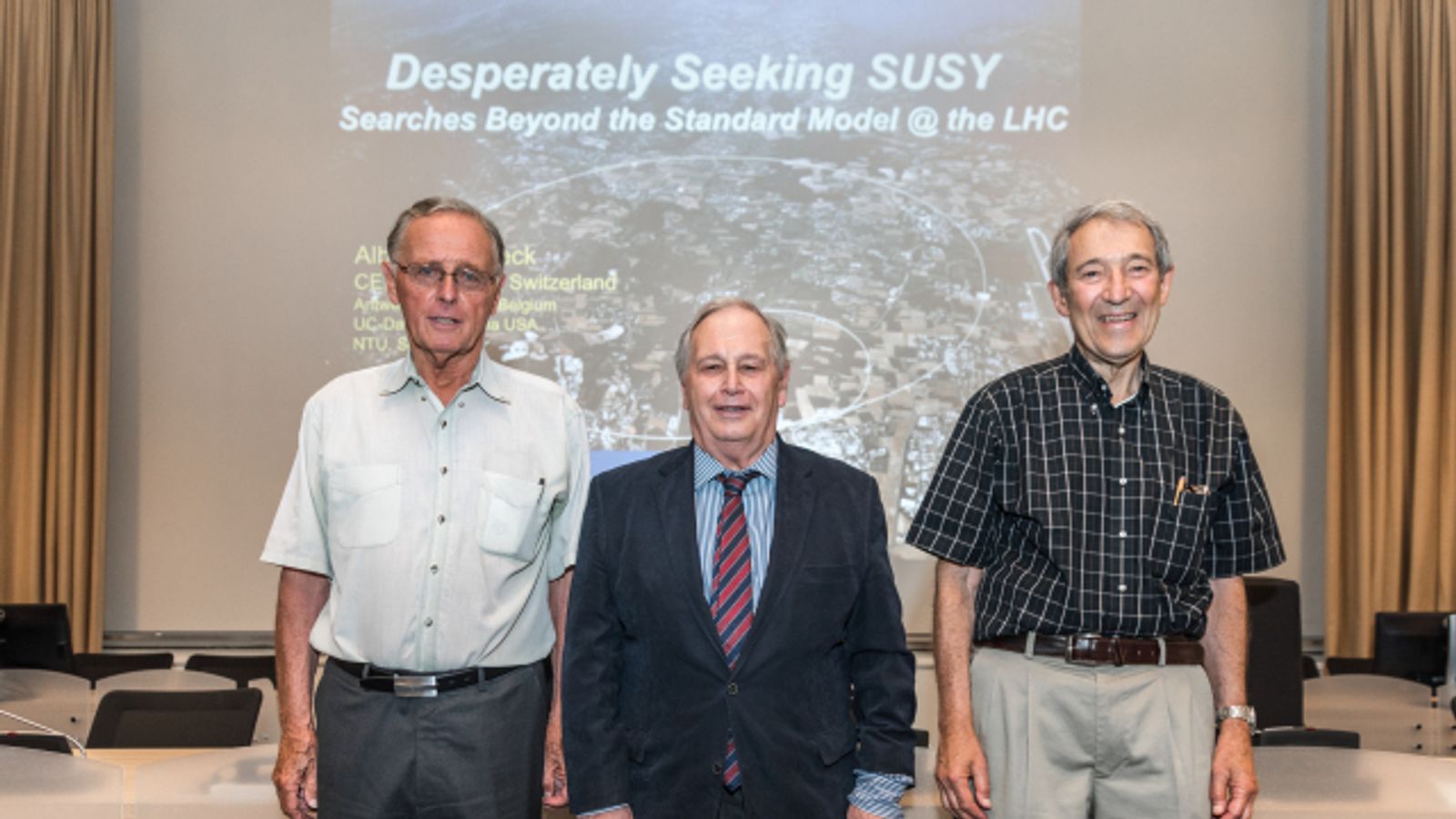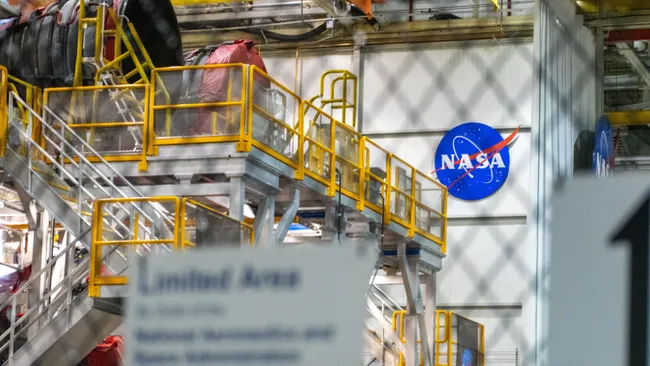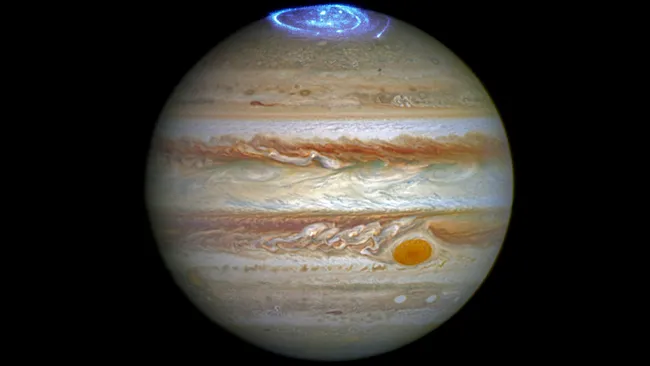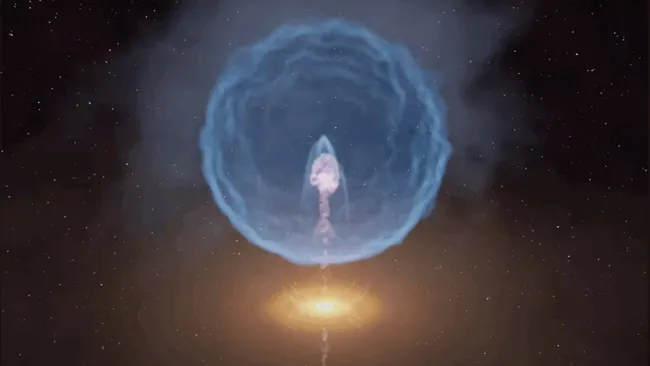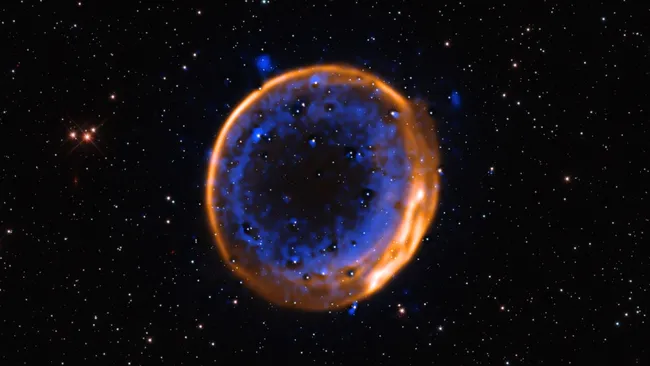In 2019, three theoretical physicists—Sergio Ferrara, Daniel Z. Freedman, and Peter van Nieuwenhuizen—were honored with the Special Breakthrough Prize in Fundamental Physics for their landmark contribution to the development of supergravity. First formulated in 1976, supergravity is a theoretical framework that merges the principles of Einstein’s general relativity with the quantum world, through the concept of supersymmetry.
Supersymmetry proposes that for every particle we know, there exists a heavier “superpartner” particle. Supergravity takes this further by incorporating gravity into the supersymmetric model. It predicts a new particle called the gravitino, the hypothetical supersymmetric partner of the graviton, the particle believed to carry the force of gravity.
The theory was developed when Ferrara and Freedman began their collaboration in Paris in 1975. Later, at Stony Brook University in New York, they teamed up with van Nieuwenhuizen to finalize the calculations. The work was highly complex, involving nearly 2,000 algebraic terms—so challenging that the team had to write a dedicated program to check their calculations.
While supergravity remains unproven by experiment, it plays a key role in modern physics—especially in string theory and the ongoing search for a “theory of everything.” It offers insight into how black holes work, the evolution of the universe, and how fundamental particles might behave under extreme conditions.
Speaking on the significance of the discovery, Daniel Freedman noted, “The idea for supergravity grew from knowledge of force-carrying particles. In my opinion, the chances are good that nature knows about supergravity also.”
The Breakthrough Prize, often dubbed the “Oscars of Science,” awarded $3 million to the trio—one of the largest honors in the scientific community. Their work continues to influence generations of physicists who aim to understand the deepest laws of the cosmos.

